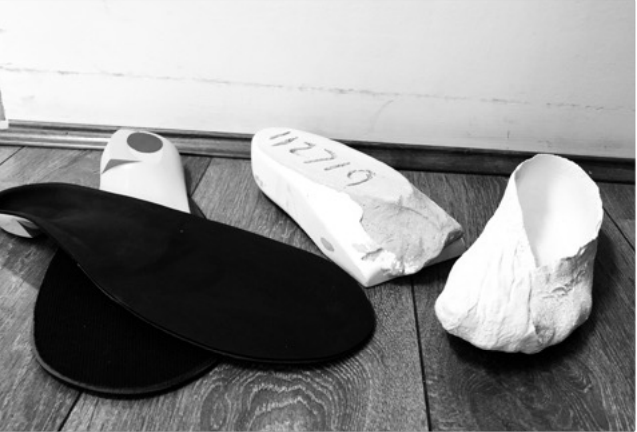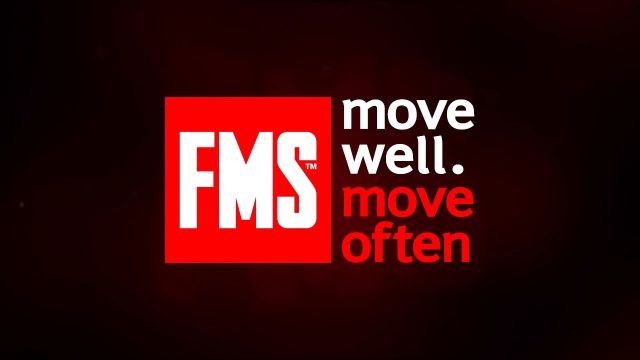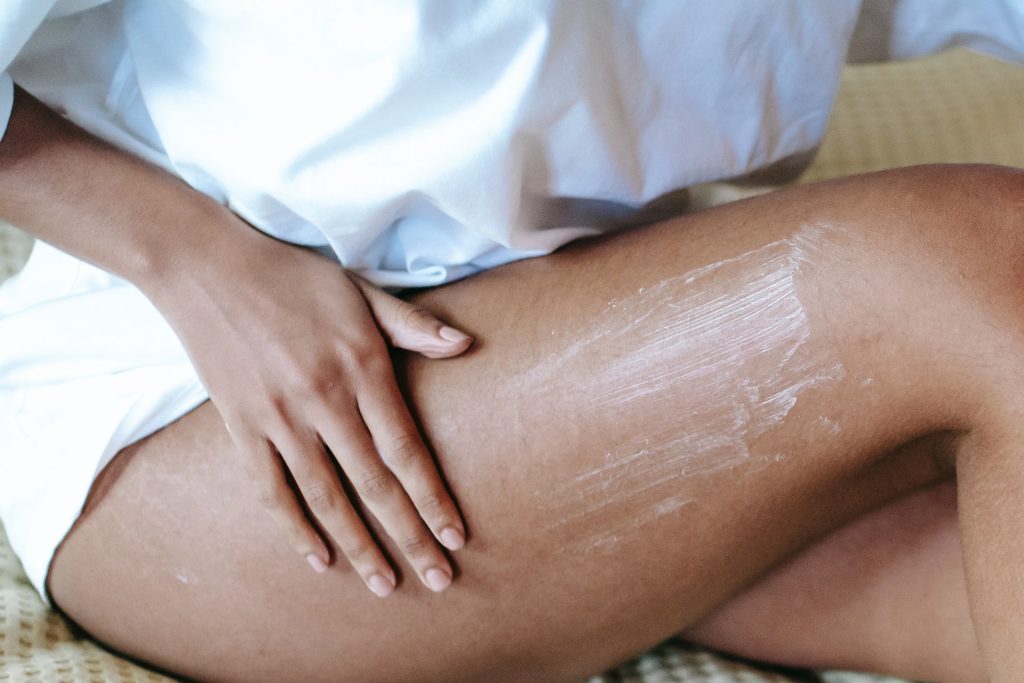Foot Orthotics
In addition to manual therapies, foot orthotics play an important role in a podiatrist’s tool kit for best practice treatment plans and individualised patient care. Every patient has different gait patterns (biomechanics), weight, height, footwear andactivity – therefore results can vary, as do orthotics. Podiatrist should discuss the full range of benefits that come with […]




